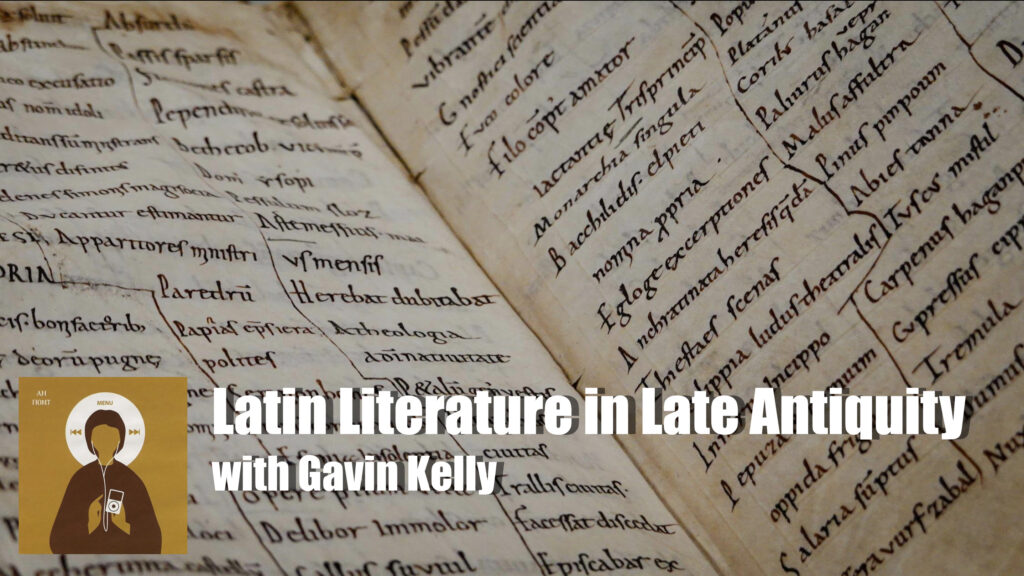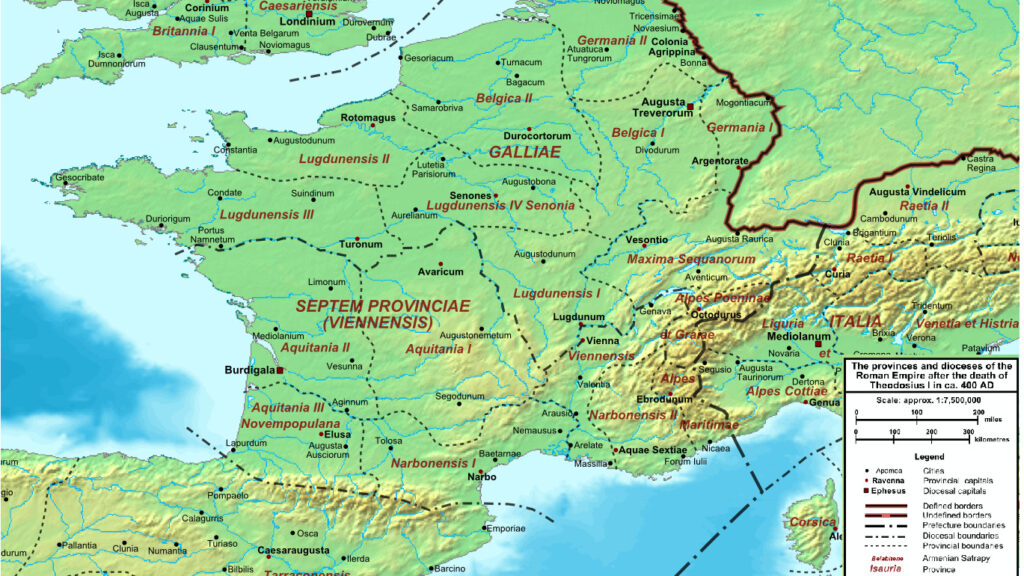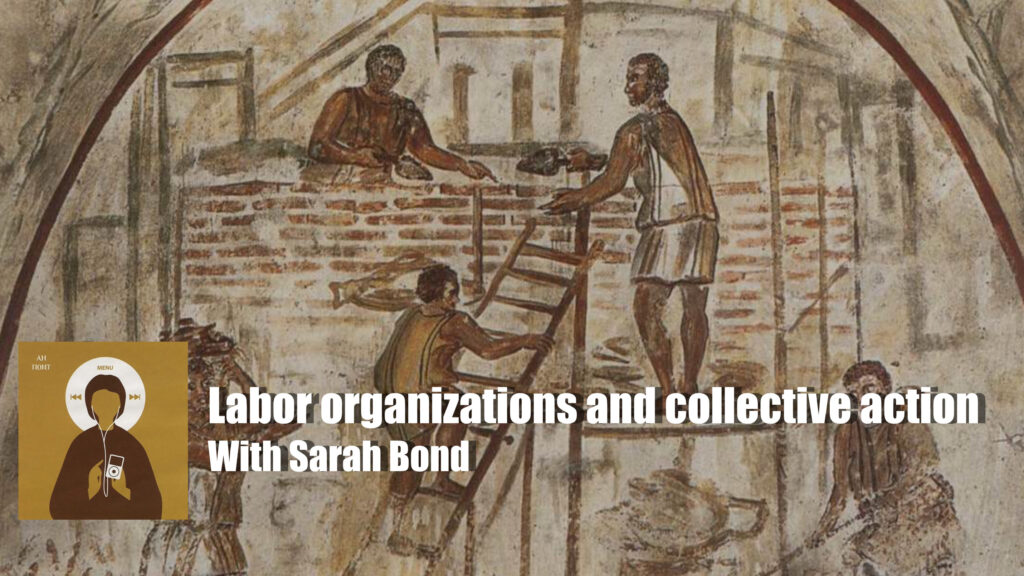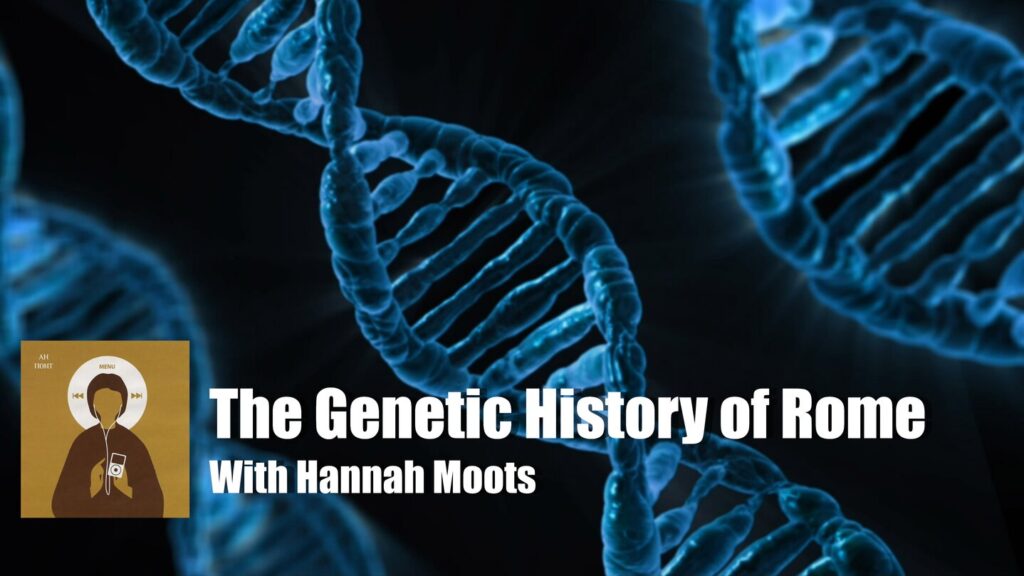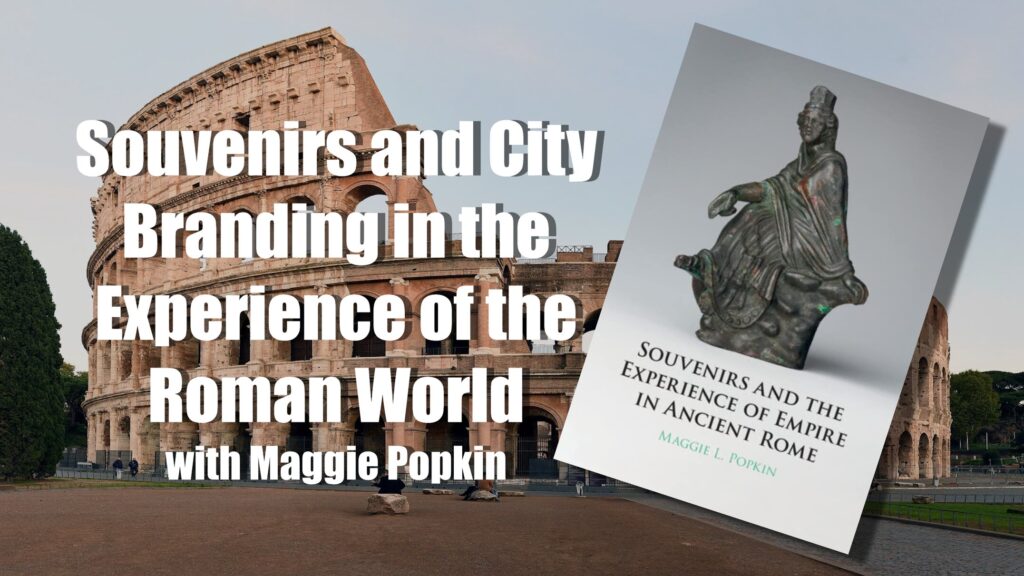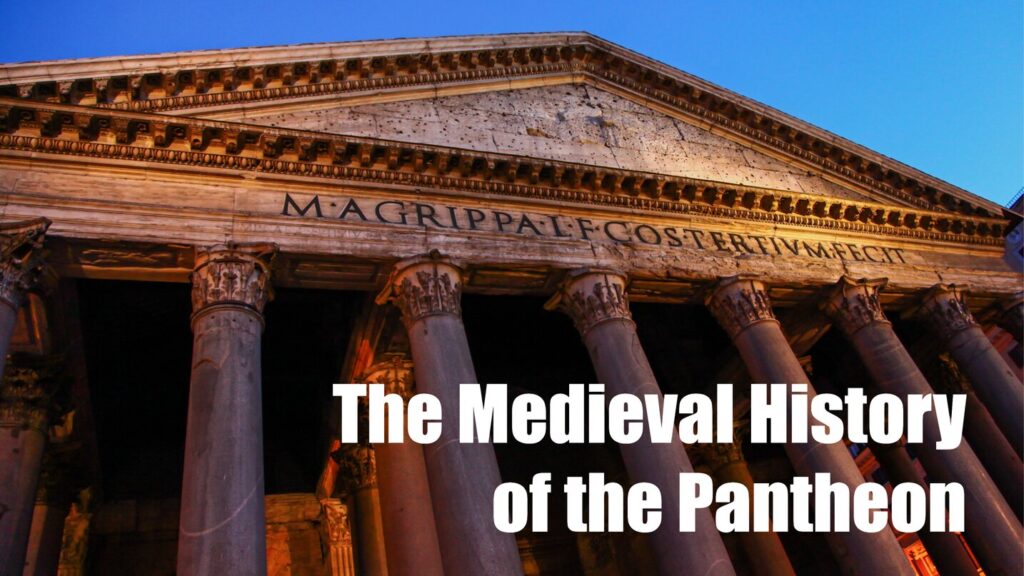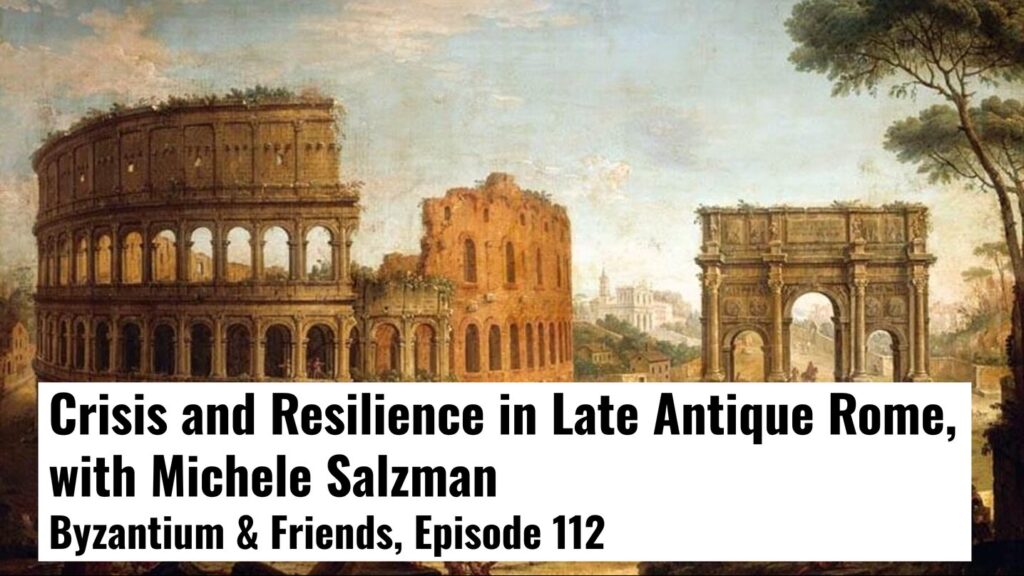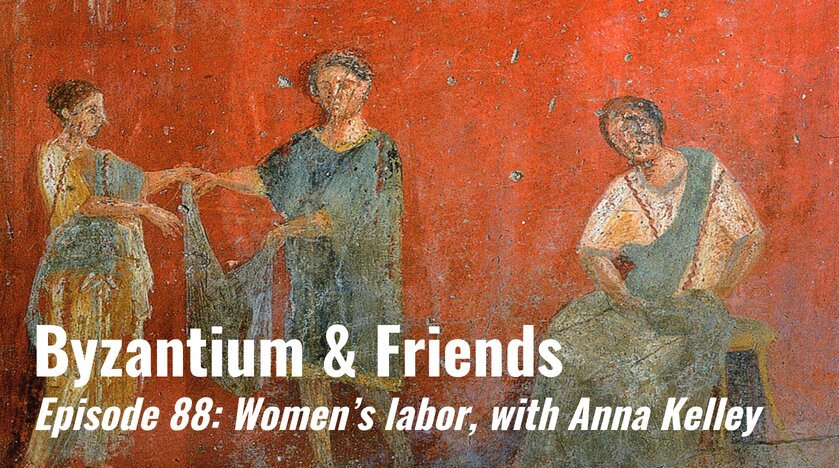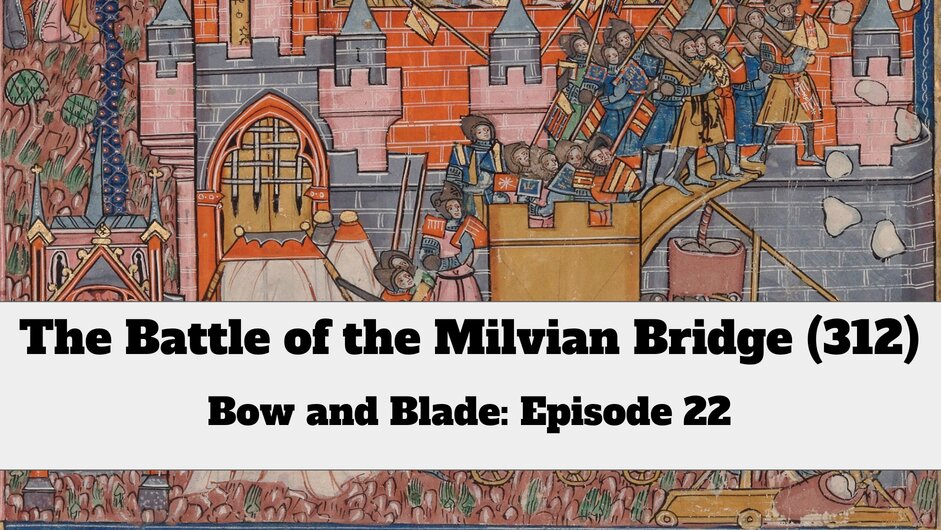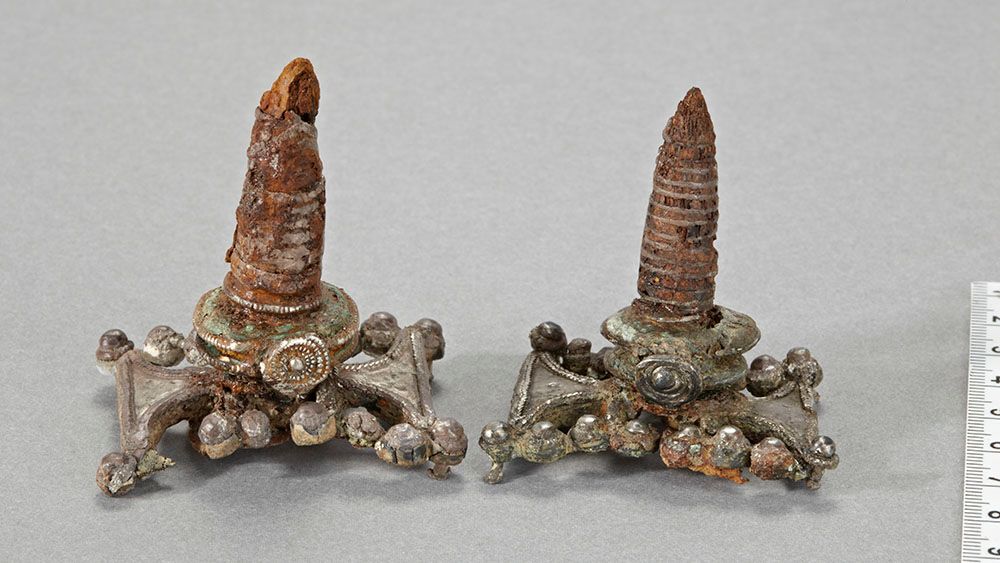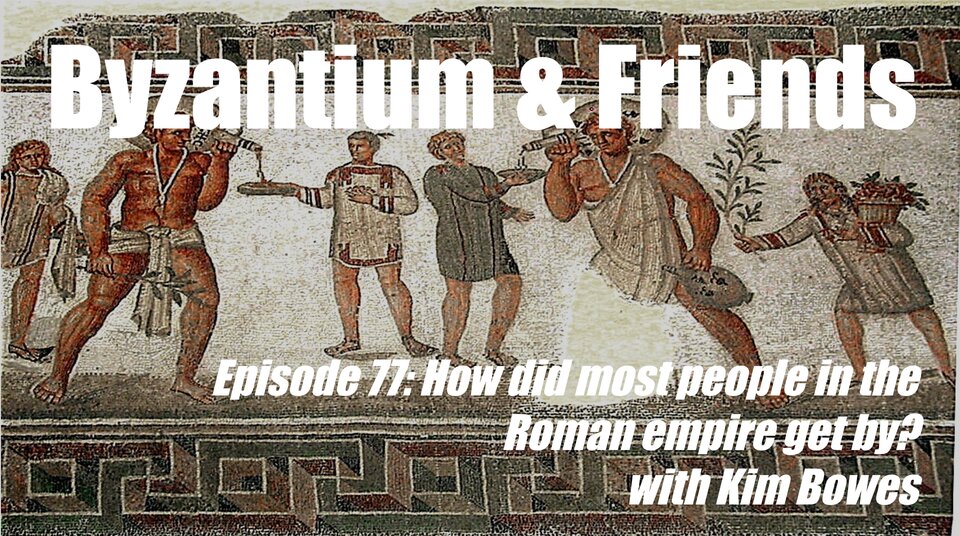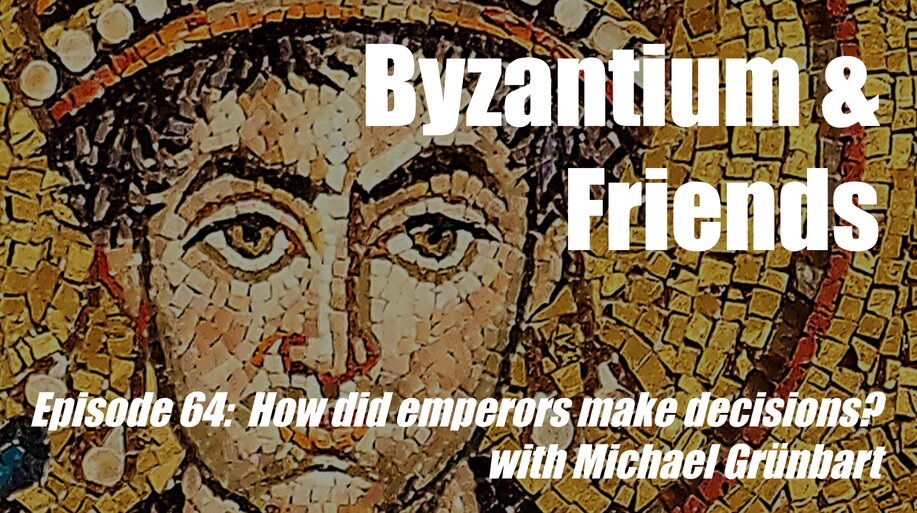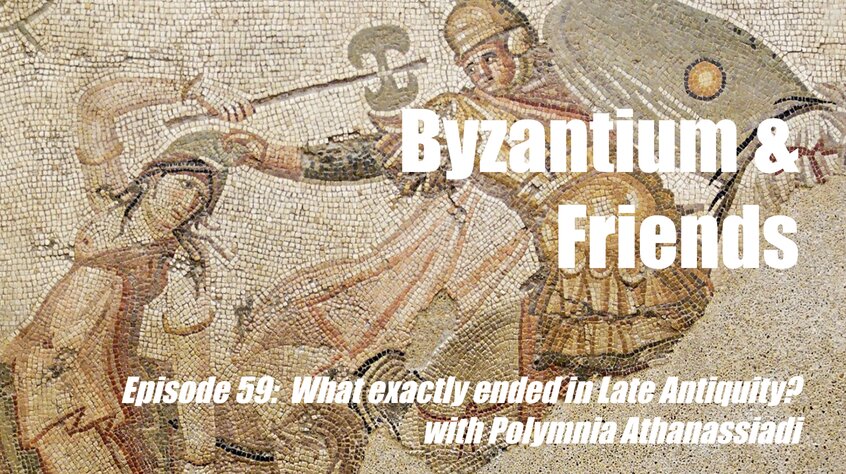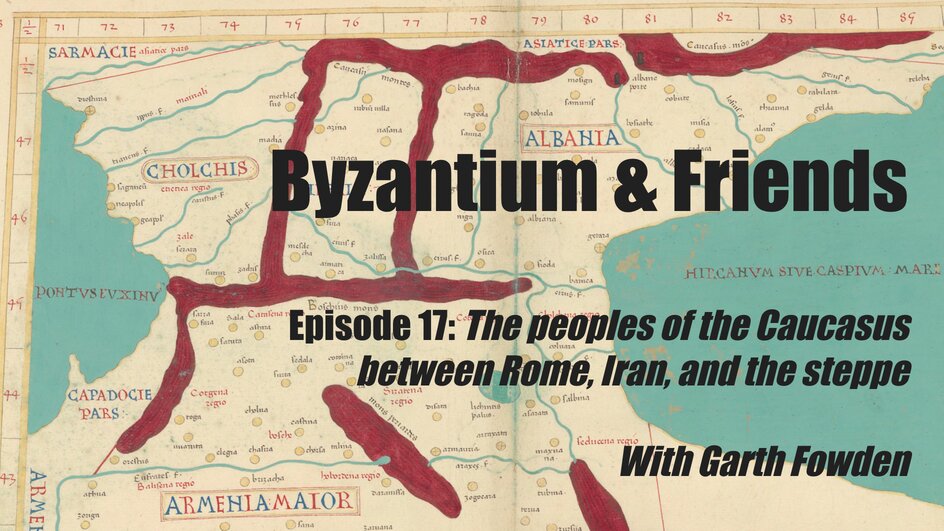Latin Literature in Late Antiquity, with Gavin Kelly
A conversation with Gavin Kelly about the corpus of Latin literature from antiquity down to the present, where we discuss the reasons why most scholars focus on the period before 200 AD, why late antiquity is overlooked (despite having some first rate authors), and what can be done about that. Similar issues, we find, emerge from the study of Greek literature too.
Key Event in the Fall of the Roman Empire May Not Have Happened, Historian Finds
Did the Rhine crossings of 406, long seen as a decisive moment in the fall of the Western Roman Empire, really happen as described? A new study challenges the traditional narrative, arguing that one of the key sources may have been more influenced by theology and literary tropes than historical fact.
How Rome Became Ruined in the Middle Ages
How did Rome, once the heart of a mighty empire, crumble into ruins by the end of the Middle Ages?
Labor organizations and collective action, with Sarah Bond
A conversation with Sarah Bond about organized labor groups in the Roman Empire.
The Genetic History of Rome, with Hannah Moots
A conversation with Hannah Moots about paleogenetic research, its goals, methods, and conclusions. What does it mean to study ancient DNA, and what does it tell us about human history?
Souvenirs and City Branding in the Experience of the Roman world, with Maggie Popkin
A conversation with Maggie Popkin about souvenirs in the Roman world, how they tie in with city identities and city branding, and the experience of travel. These portable objects shaped how people thought of places and the Roman world as a whole, from its attractions and experiences to its religious cults.
The Medieval History of the Pantheon
One of the great landmarks of ancient Rome is the Pantheon. Built around 126 AD by Emperor Hadrian, it initially served as a temple to all gods. However, during the Early Middle Ages, the Pantheon was repurposed, marking a significant chapter in its history.
Crisis and Resilience in Late Antique Rome, with Michele Salzman
A conversation with Michele Salzman about the resilience shown by the city of Rome and its ability to recover from crisis during the fifth-seventh centuries. These recoveries were usually spearheaded by the Senate of Rome, which continued to invest in the city and its institutions even after the emperors ceased to reside there full-time.
Up to 50,000 coins from the 4th century discovered off of Sardinia
Archaeologists exploring the waters off the Italian island of Sardinia have discovered a cache of between 30,000 and 50,000 coins dating back to the first half of the 4th century.
Roman and Medieval migrations to the Balkans revealed in new study
Who were the peoples that came to the Balkan Peninsula during the Roman Empire and Early Middle Ages? This was the question that a new study has answered using Ancient DNA.
So you’re the Roman emperor… now what?, with Olivier Hekster
A conversation with Olivier Hekster about the position of Roman emperor, from the beginning to the sixth century. We talk a little bit about titles and mostly about the expectations that subjects had of their emperors and how the latter navigated these demands and tried, or failed, to play their roles properly.
The Battle of Adrianople (378)
In what could be considered the first battle of the Middle Ages, the Roman Emperor Valens goes to war against the Goths in southeastern Europe. In this episode of Bow & Blade, Michael and Kelly discuss about the battle and why the Romans suffered such a massive defeat.
Our new book on the armies, and on revisionism in history, with Marion Kruse
In this 100th episode of Byzantium & Friends, Marion and Anthony talk about their new co-authored book, The Field Armies of the East Roman Empire, 361-630
Rome and Byzantium in Heavy Metal music, with Jeremy Swist
A conversation with Jeremy Swist on why some heavy metal bands write music about Roman and Byzantine history. Expect “good” and “bad” emperors to be reversed here!
Scavenging in the ruins of empire, with Robin Fleming
A conversation with Robin Fleming about how the lives and material circumstances of people in Roman Britain changed when the imperial state and…
Women’s labor, with Anna Kelley
A conversation with Anna Kelley about women’s labor and occupations in the Roman and later Roman Empire. It turns out that they may have engaged in more types of business and workshop production, especially in textile manufacture and marketing, than contemporary gender norms suggest.
Lead mining and lead pollution in the Roman world, with Paul Stephenson
A conversation with Paul Stephenson about the impact of lead mining and smelting on the miners themselves, the communities around them, and on plants, animals, and human beings across the Roman Empire. This is part of a broader and ongoing project on metallurgy and environmental violence.
Severe drought may have led the Huns to attack the Roman Empire, study suggests
Hunnic peoples migrated westward across Eurasia, switched between farming and herding, and became violent raiders in response to severe drought in the Danube frontier provinces of the Roman empire, a new study argues.
The Battle of the Milvian Bridge (312)
One of the most important battles within the Roman Empire, the Battle of the Milvian Bridge is also famous as a defining moment…
The Vikings’ self-image was influenced by the Roman period
In the Late Viking Age, a grave was built that looks very similar to one of the most spectacular graves of the Roman Age in Norway.
How did most people in the Roman empire get by? with Kim Bowes
A conversation with Kim Bowes about production and consumption in the Roman world, especially by the 90% of the population who are less represented in our literary sources. How did they get by from day to day? What alternatives does the evidence suggest to the “subsistence” model that many ancient historians have used?
Attila and the Battle of the Catalaunian Fields (451)
The Huns became a powerful force in Europe in the fifth century AD. In this episode of Bow and Blade, Kelly and Michael examine the story of Attila, the reliability of historical sources, and just how important the Battle of the Catalaunian Fields was.
How did emperors make decisions? with Michael Grünbart
A conversation with Michael Grünbart about the problem of imperial decision-making. Byzantine emperors are often presented to us as perfectly virtuous monarchs favored by God, but can we pull the veil away from this image and understand the difficult conditions under which they had to make decisions that could potentially cost them their throne? Whom did they consult? How and why did they delegate? Did they have experts? Data? When could they avoid making decisions? As someone in academic middle-management, these questions cut close to home!
What exactly ended in Late Antiquity?, with Polymnia Athanassiadi
A conversation with Polymnia Athanassiadi about the way of life that ended in late antiquity. Scholars of Byzantium and the Middle Ages may see this as a period of new beginnings, but Polymnia doesn’t want us to forget the practices and urban values that came to an end during it.
The peoples of the Caucasus between Rome, Iran, and the steppe, with Garth Fowden
A conversation with Garth Fowden about how the peoples of the Caucasus – Armenians, Georgians, and Albanians – coped with living between two empires, how those empires sought to intervene in their region, and the cultural and religious changes that took place there during the first half of the first millennium. This episode demonstrates the illuminating ways in which global and regional history can be combined.
